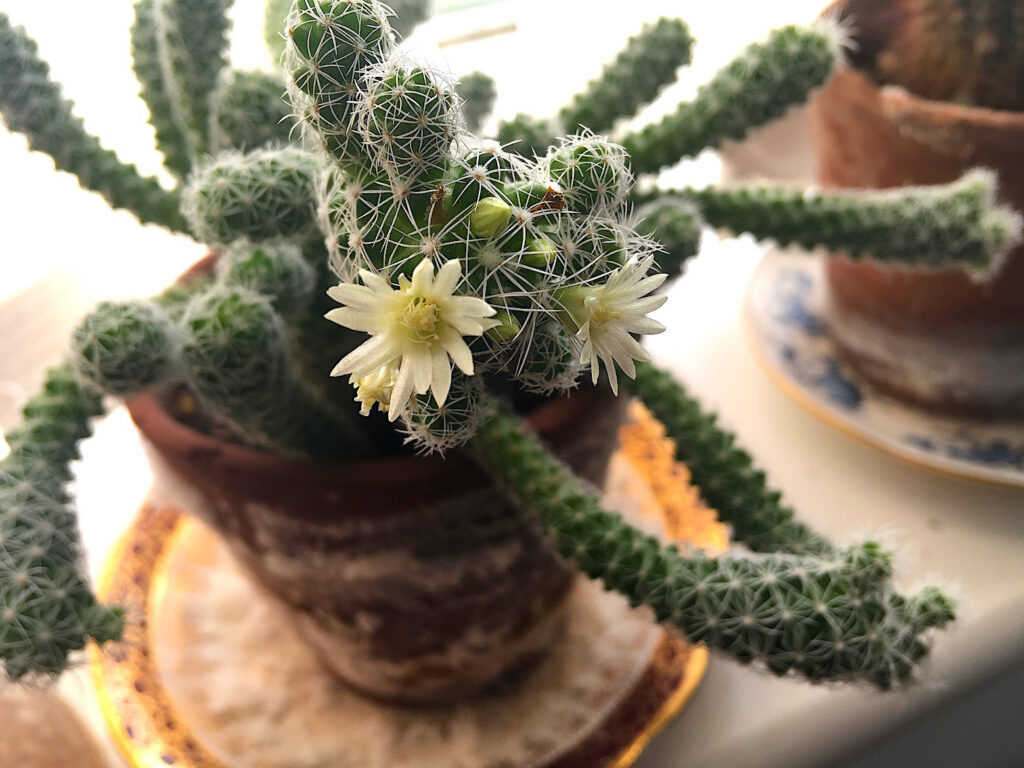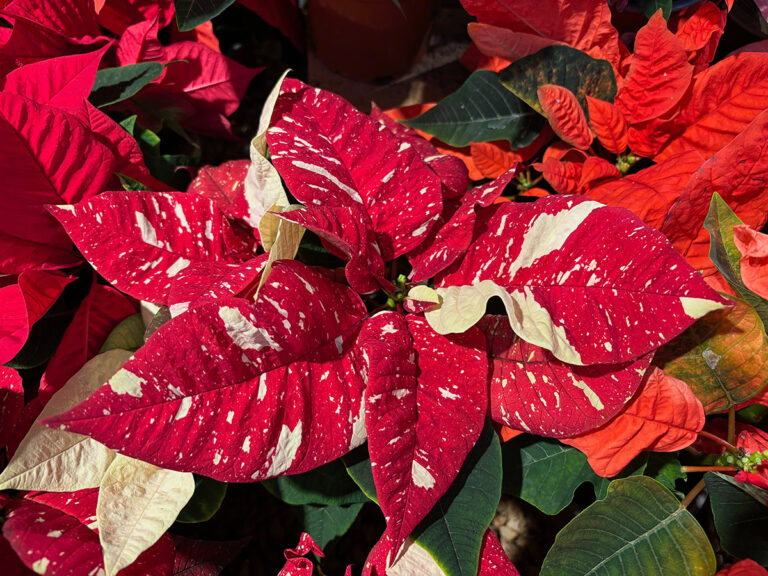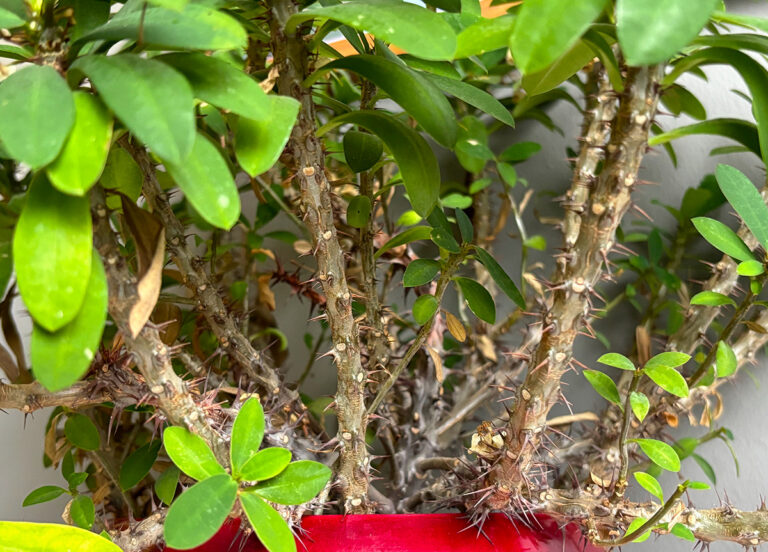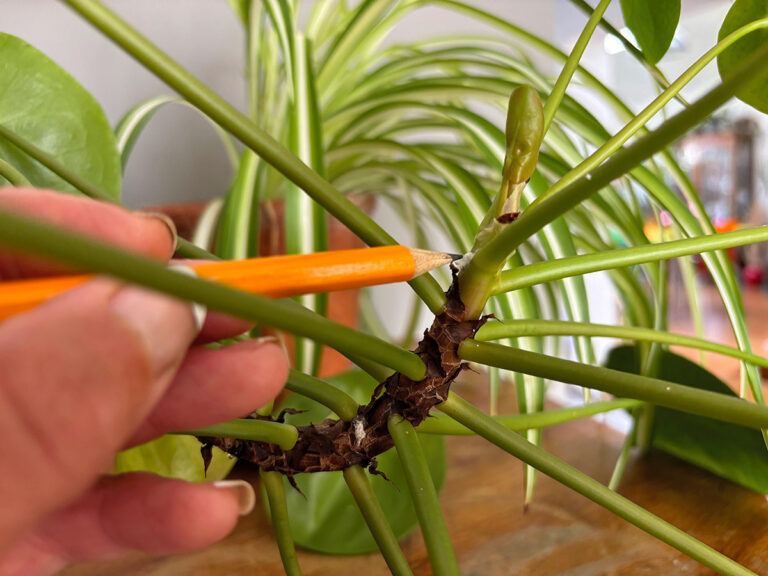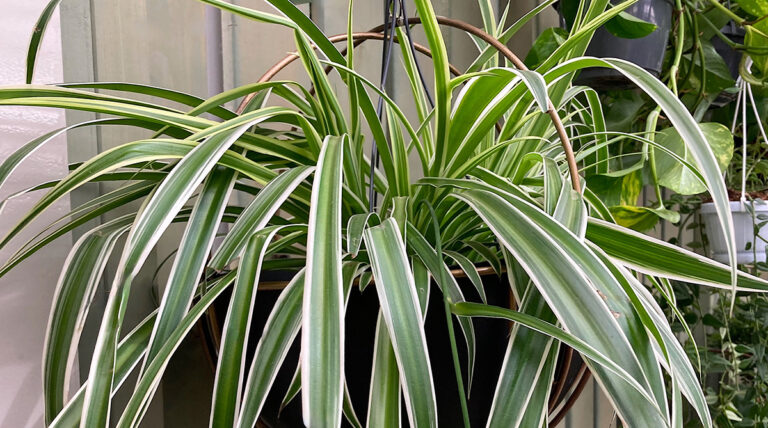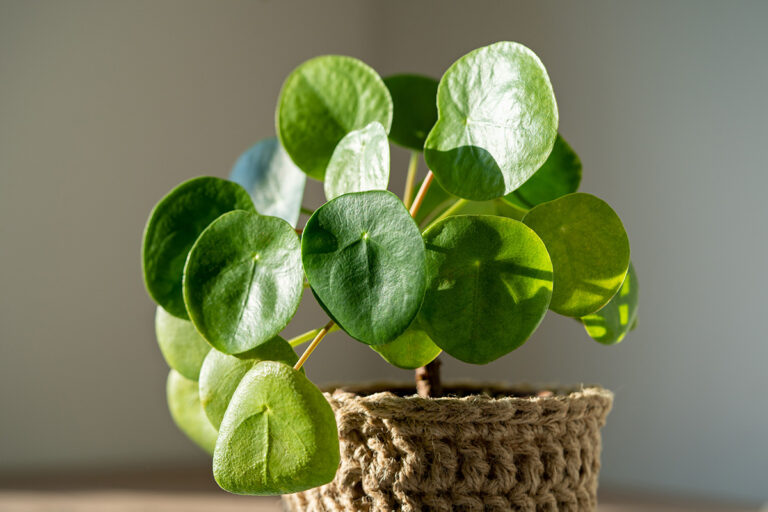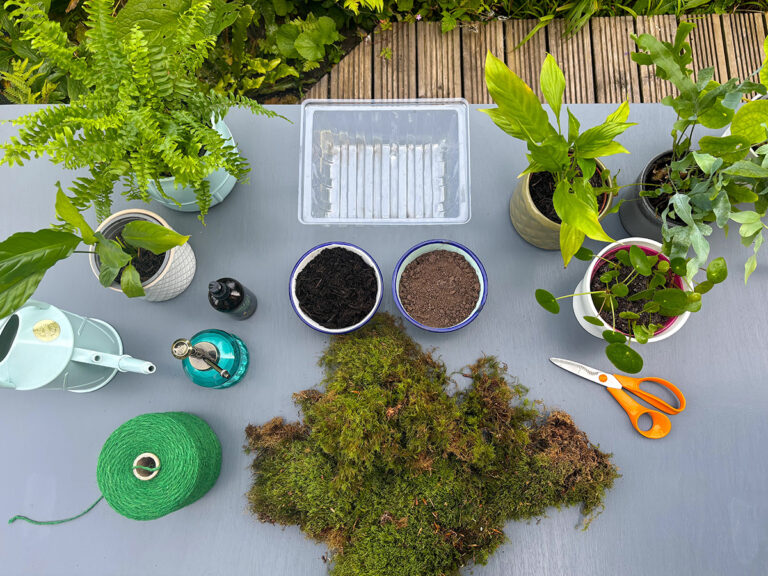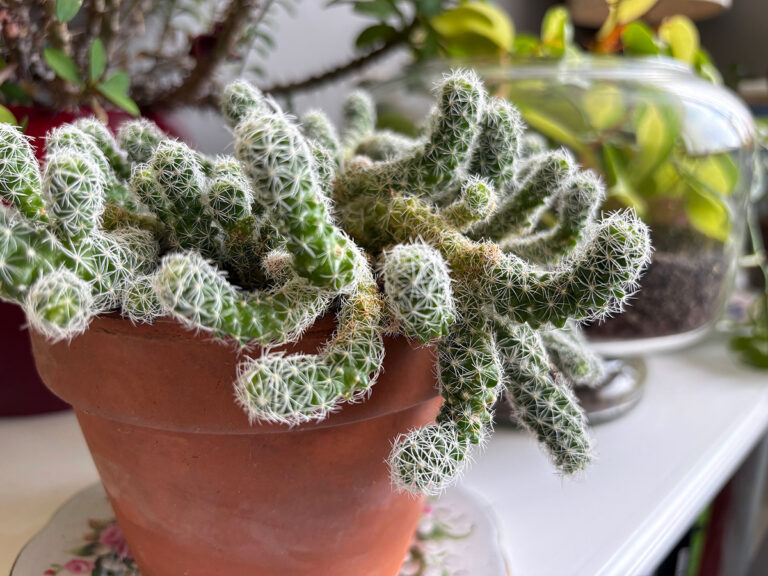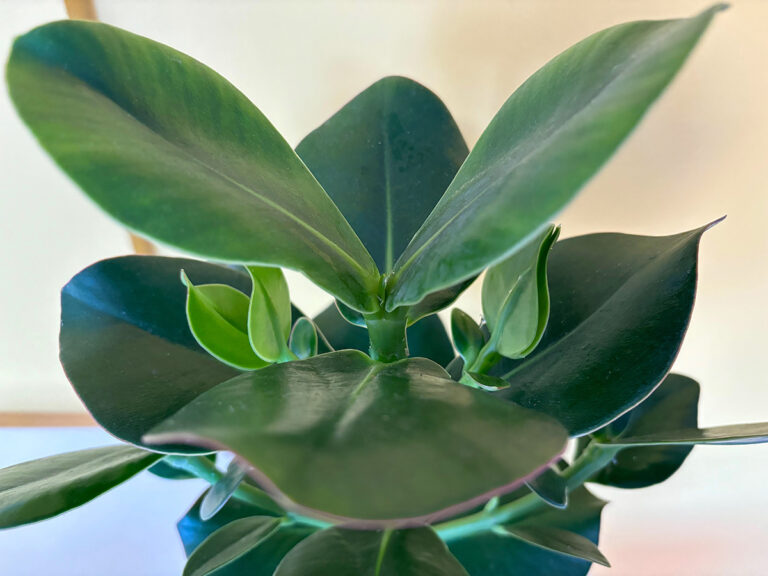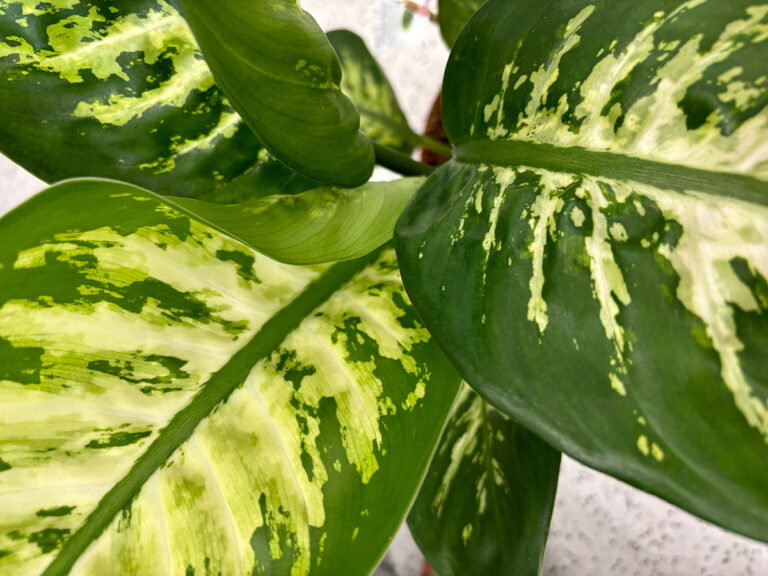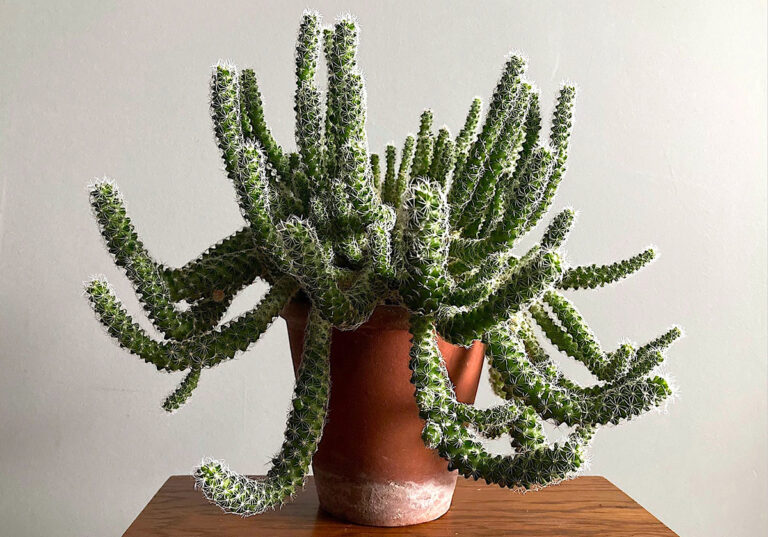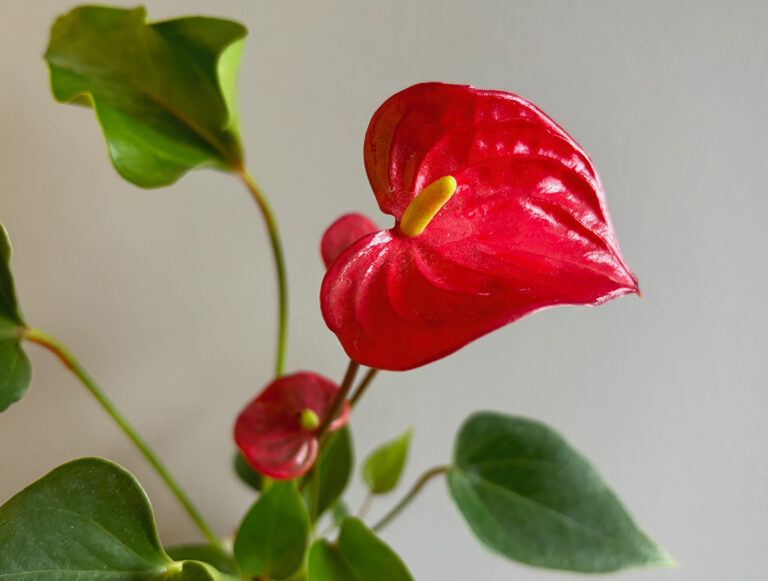Spring is here and it is time to crack open the plant food and give your houseplants a well deserved boost. After their winter dormancy, houseplants will start responding to increased light levels and length of day; this will stimulate them to grow. Growing takes a lot of energy so to remain healthy they need food.
Houseplant food is nearly always a liquid which is diluted in water; this is the fastest way for your houseplant to make use of this food. Plants conduct all their metabolic processes in solution so by providing food as a liquid stops them wasting energy breaking down solids.
In the wild these plants would obtain all their nutrients from the soil. Roots would absorb a long list of beneficial macro and micro nutrients and trace minerals such as iron, calcium, copper, magnesium, manganese, boron and zinc. These all play an important role in the plant’s overall vitality so when a plant spends its life in a pot it is up to us to provide the food or the plant will suffer over time.
What are the three main nutrients needed for healthy houseplant growth?
Nitrogen (N)
Nitrogen helps produce proteins which make our cherished leafy green foliage. If a plant is nitrogen deficient you will see leaves turning pale yellow or green; alternatively too much nitrogen will send your houseplant into overdrive producing an abundance of leaves. The balance needs to be right.
Phosphorous (P)
Phosphorous is fundamental for promoting the development of roots. Phosphorous is also integral in helping the plant convert the sun’s energy into useable plant energy.
Potassium (K)
Potassium has a variety of roles. It promotes the development of flowers and fruits and helps plant’s resist disease, regulates the plant’s complex processes and increases the plant’s vigour.
Luckily Plantsmith have taken the guess work out of houseplant feed strengths and created a range of perfectly balanced liquid feeds that are specifically tailored to houseplant needs. Not too strong, not too weak but just right.
When should I feed my houseplants?
Start feeding houseplants from early spring when they emerge from dormancy and respond to the increase in light levels and develop new growth.
Dilute your feed into rainwater and depending on the plant, water the soil from the top, water at the base for the roots to absorb or spray as a foliar feed once every two weeks. Most houseplants benefit from drying out between watering so test the soil with your finger to see if it is dry before re-soaking.
Fortifying Houseplant Feed & Tonic
Plantsmith’s Fortifying Feed & Tonic can used on all your houseplants and is a blend of 13 essential plant-boosting nutrients which help your houseplants grow strong, glossy leaves and long lasting flowers. It also contains kelp extract which helps stimulate new cell growth.
As orchids, cacti and succulents have different nutritional requirements to other houseplants; Plantsmith has devised an especially blended formula suited to these plants, Nurturing Orchid Feed & Tonic and Invigorating Cacti & Succulent Feed.
Nurturing Orchid Feed & Tonic
Orchids have special requirements; their sensitive roots can be burned by high strength fertilisers so always use an orchid specific feed. Orchids obtain their nutrients from the air via aerial roots and what washes through the soil. In the wild these epiphytes grow on trees so do not like standing in water for long periods. Make sure you flush your diluted feed through the growing substrate a few times and let it drain out.
Plantsmith’s Nurturing Orchid Feed and Tonic contains a balance of 12 essential nutrients to provide all the building blocks required for strong glossy leaves and fabulous flowers.

Invigorating Cacti & Succulent Feed
People often think cactus do not need feeding but this is not the case, they too have basic nutritional requirements, just like any other plant, to successfully perform all their botanical processes to thrive.
This specialist cactus and succulent feed is specifically designed to meet the needs of these plants, promote strong healthy growth and can help plants increase their tolerance to diseases. Having a balance of essential nutrients will ensure your plants are not under stress which lowers the chances of succumbing to diseases.
Use once a month from spring to autumn to give your cactus and succulents a boost.

With all three feeds in the range shake the bottle and mix 5 ml (approx. 4 pumps) from the 500ml bottle or dilute one pipette from a 100ml bottle into a litre of tepid rainwater and apply.
All Plantsmith products are 100% vegan, Leaping Bunny certified cruelty free and come in eco friendly packaging so you can feed your houseplants with peace of mind. Let’s embrace spring and enjoy another foliage-filled year!
